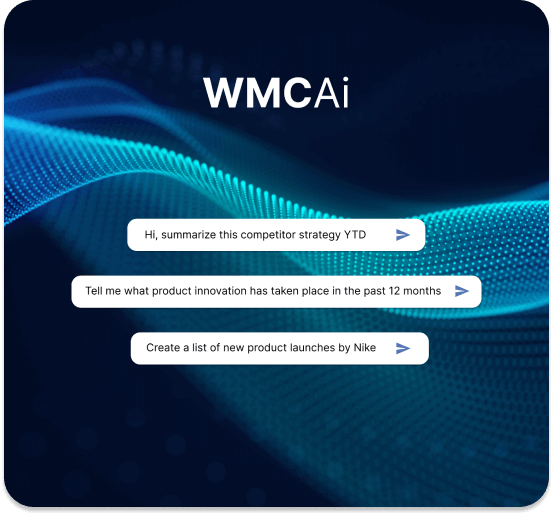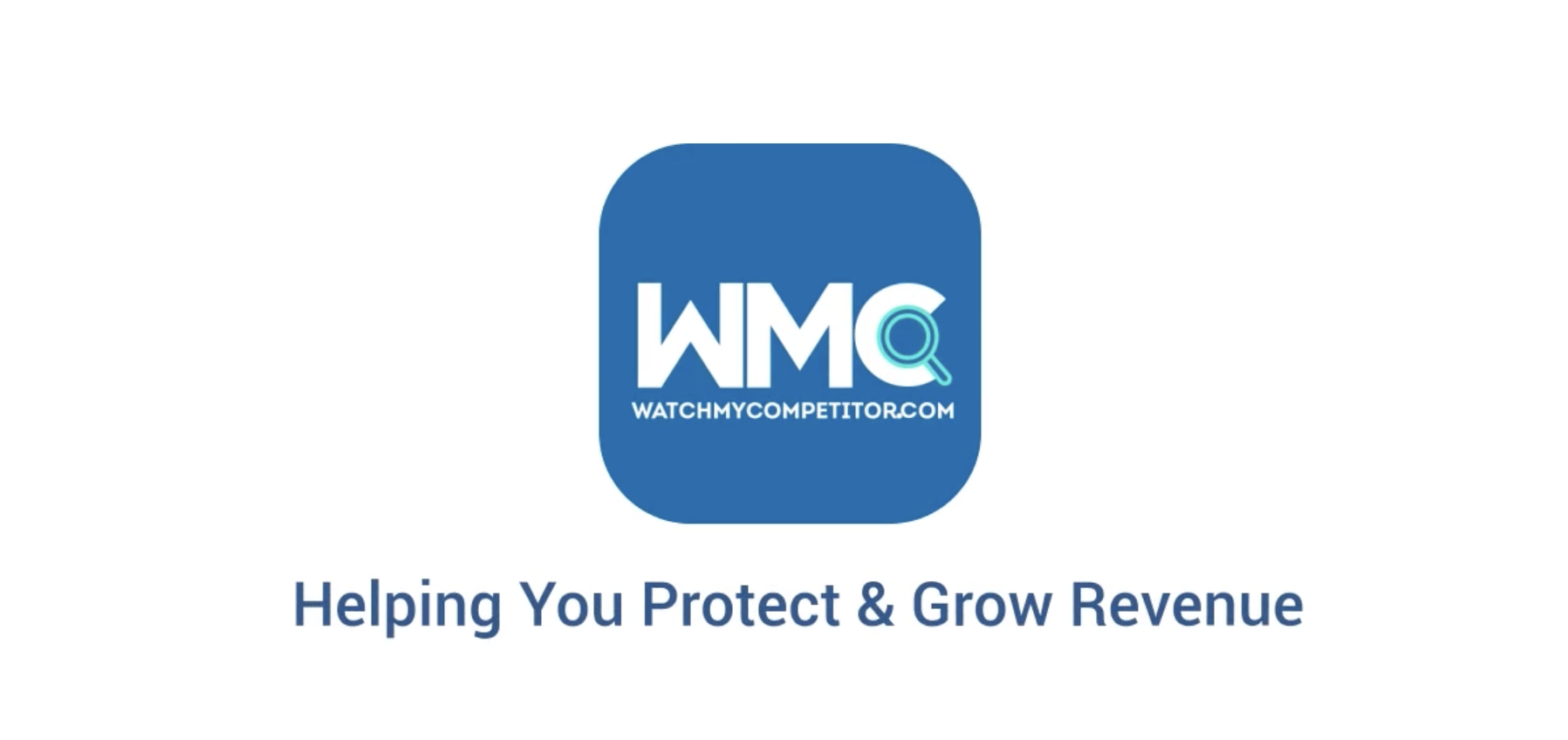Did you know the global market research and analysis sector is expected to be worth $95.49 Billion by 2027 – a 3.3% CAGR!
Furthermore, those that conduct market research on a frequent basis are significantly more likely to report an increase in revenue than those who use it occasionally.
Meanwhile, market analysis is used by some of the world’s biggest companies, including Amazon, Apple and Netflix.
If you’re coming to the sector fresh, or simply keen to ensure your organisation’s strategy is correct, this article is a great place to start. We’ll take a closer look at the difference between two of the sector’s biggest components: market research and market analysis.
Sometimes confused with one another, we’ll define both and break down the differences in simple terms. We’ll also look at the practical uses of each tactic in strengthening your market position.

What Is Market Research?
Market research is the collection, analysis and interpretation of data and information about a specific market, industry or target audience. It involves defining clear objectives, selecting suitable data collection methods and interrogating data to unveil hidden insights that inform decision-making.
Market research helps companies make smarter decisions, anticipate market trends and stay ahead of the competition. It’s a tailored approach that empowers businesses to navigate challenges, shape strategies and identify opportunities for growth.
Components Of Market Research
Market research comprises several vital components, each contributing to a comprehensive understanding of the market landscape:
1) Data collection methods
Effective market research begins with choosing the right data collection methods. Surveys, interviews, focus groups and observations are some common techniques employed to gather valuable information. The choice depends on factors such as research objectives, budget and target audience.
2) Data analysis techniques
Once data is collected, it requires meticulous analysis. Statistical tools, software and qualitative analysis methods are used to extract meaningful insights from raw data. This process involves identifying trends, patterns and correlations.
3) Market segmentation
Businesses often serve diverse customer groups. Market research helps in segmenting these groups based on demographics, behaviours, preferences and needs. This segmentation is crucial for tailoring marketing strategies and product development efforts.
4) Competitor analysis
Understanding the competitive landscape is essential. Market research involves evaluating competitors’ strengths, weaknesses, strategies and market positioning. This knowledge aids in identifying opportunities and formulating effective strategies.
5) Market trends and forecasting
Keeping an eye on market trends is paramount. Market research helps in tracking changes in consumer preferences, technological advancements and economic shifts. Forecasting future trends enables businesses to adapt and stay relevant.
6) Consumer behaviour insights
Delving into consumer behaviour provides invaluable insights. Market research uncovers consumer preferences, pain points and buying behaviours. This information guides product development and marketing efforts.

The Benefits Of Market Research
Market research isn’t just a data collection exercise. It’s a strategic tool that offers a multitude of benefits.
A) Informed Decision-Making
Market research provides the insights for making informed decisions. Whether you’re a small business owner trying to enter a new market or an entrepreneur launching a product, understanding your target audience and market conditions is vital. Market research equips you with data-driven decision-making capabilities.
B) Risk mitigation
It acts as a safeguard against potential risks. By uncovering market dynamics and consumer preferences, businesses can proactively identify and address challenges. Whether it’s adapting to changing consumer trends or responding to competitive threats, market research minimises uncertainties.
C) Product development
Market research informs the product development process. It validates ideas, identifies essential features and ensures alignment with customer expectations. This prevents costly missteps and drives innovation.
D) Customer-centric approach
In today’s customer-centric landscape, understanding your audience is paramount. Market research provides insights into consumer preferences, needs and pain points.
Armed with this knowledge, businesses can tailor products, services and marketing strategies to resonate with their target audience, fostering lasting customer relationships.
E) Cost-efficiency
While it may seem like an additional expense, market research can save money in the long run. By focusing resources on strategies and products with proven market demand, businesses reduce the risk of investing in ventures that might not yield returns.
F) Competitive edge
To succeed in any market, you need to understand your competitors. Market research unveils competitors’ strengths and weaknesses, enabling you to devise strategies that exploit opportunities and mitigate threats. This helps position your business effectively in a crowded marketplace.
G) Growth opportunities
It identifies growth opportunities, both within existing markets and in new ones. Market research helps assess market entry barriers, cultural nuances of different regions and potential niches to target. This empowers businesses to make informed expansion decisions, avoiding costly misjudgments.
H) Brand positioning
In a competitive marketplace, brand positioning is crucial. Market research helps identify your Unique Selling Proposition (USP) and how your brand is perceived by consumers. It guides the crafting of a compelling brand image and messaging that resonates with your target audience, helping you carve out a distinct identity.
What Is Market Analysis?
Market analysis is often seen as a counterpart to market research. It involves a comprehensive assessment of your market, including consumers, market dynamics, trends and conditions. It aims to provide a broader perspective on a market’s landscape, going beyond the data collected in market research.
While market research focuses on gathering specific data about customers, competitors and market trends, market analysis zooms out to view the market as a whole. It doesn’t stop at collecting data. Interprets and contextualises this information, drawing insights that can shape strategic decisions.
Crucial Components Of Market Analysis
To conduct an effective market analysis, it’s essential to understand the key components that make up this comprehensive process. These components provide the foundation for a deep understanding of the market’s dynamics and help businesses make informed decisions.
1) Industry overview
Start by examining the industry in which your business operates. This involves assessing the industry’s current status, its historical development and its projected growth. Consider factors like the industry’s size, major players and the competitive landscape.
2) Market size and growth
Determining the size of your target market is a fundamental step in market analysis. This involves quantifying the total market size and identifying different market segments. Additionally, it’s crucial to assess the market’s growth potential, including its historical growth rates and future projections.
3) Market trends
Market trends are critical indicators of a market’s health and direction. Analyse the current trends affecting your industry and market and keep an eye on emerging patterns. This information can help you anticipate changes and adapt your strategies accordingly.
4) Competitive landscape
A thorough analysis of your competitors is vital. Identify your main competitors, assess their strengths and weaknesses and understand their market share. This knowledge allows you to position your business effectively and develop strategies to gain a competitive edge.
5) Customer profiles
Create detailed customer personas to gain insights into your target audience. Understand their demographics, preferences, needs and buying behaviours. This knowledge enables you to tailor your products, services and marketing efforts to meet their specific requirements.
6) Regulatory factors
Consider any regulations, policies or legal aspects that may impact your industry or market. Staying compliant with relevant laws and regulations is crucial for long-term business sustainability.
.
7) Economic conditions
Assess the broader economic conditions that could influence your market. Factors like inflation rates, interest rates and overall consumer spending patterns can affect your business’s performance.
8) SWOT analysis
Conduct a SWOT analysis to evaluate your business’s internal strengths and weaknesses, as well as external opportunities and threats in the market. This analysis provides a clear picture of your competitive position.
9) Market entry strategies
Based on the insights gathered through market analysis, you can develop effective market entry strategies. Determine whether you should enter a new market, expand within your current market, or diversify into related markets.
10) Risk assessment
Identify potential risks and challenges specific to your market. This includes factors like changing consumer preferences, economic downturns, or unexpected shifts in market dynamics. By anticipating these risks, you can develop mitigation strategies.
Unlocking The Power Of Market Analysis
Market analysis is more than just a set of data and statistics. It’s a powerful tool that businesses, consultants and marketing professionals use to shape strategies and drive success. Here, we’ll delve into why this analytical approach is indispensable in the world of business.
A) Informed decisions
Market analysis provides the foundation for informed decision-making. By thoroughly understanding your market’s dynamics, trends and competitive landscape, you can make strategic choices that align with your business goals. This leads to more effective resource allocation and a higher likelihood of success.
B) Targeted marketing
Marketing professionals leverage market analysis to create targeted marketing campaigns. With insights into customer demographics, preferences and behaviours, they can tailor marketing messages and channels for maximum impact. This results in better engagement and conversion rates.
C) Competitive edge
In today’s competitive business environment, gaining an edge is paramount. Market analysis helps businesses identify opportunities to stand out. By assessing the strengths and weaknesses of competitors, you can develop strategies that exploit gaps in the market or differentiate your offerings effectively.
D) Risk mitigation
Understanding potential risks is essential for any business. Market analysis enables you to anticipate challenges and develop mitigation strategies. Whether it’s changing market trends, regulatory shifts or economic uncertainties, you’ll be better prepared to navigate these obstacles.
E) Market expansion
For businesses looking to expand into new markets or regions, market analysis is a vital compass. It provides insights into market entry barriers, cultural nuances and opportunities. Armed with this information, you can tailor your expansion strategies for success.
F) Product development
In product development, market analysis guides innovation. By identifying customer needs, preferences, and pain points, you can create products that resonate with your target audience. This reduces the risk of launching products that miss the mark.
G) Investment decisions
Investors and stakeholders rely on market analysis when evaluating business opportunities. A thorough analysis of the market’s potential and risks informs their investment decisions. Consequently, businesses that can present well-researched market analyses often attract more investors.
H) Adaptation to change
Market dynamics are ever-evolving. Market analysis equips businesses with the agility to adapt to change. Whether it’s responding to shifting consumer preferences or adapting to new technologies, a data-driven approach ensures that you can stay relevant in a dynamic marketplace.
I) Sustainable growth
Market analysis isn’t just about short-term gains. It’s also about sustainable growth. By continually assessing market conditions, consumer feedback and competitive landscapes, businesses can make data-driven decisions. This approach not only drives immediate growth but also ensures long-term, stable expansion.
J) Holistic business understanding
Market analysis offers a holistic view of your business environment. It combines data from various sources and perspectives, helping you connect the dots and see the bigger picture. This comprehensive understanding is invaluable for strategic planning.
Market Research And Market Analysis – The Differences
Distinguishing between market research and market analysis is crucial. These two approaches share common ground but serve distinct purposes.
As we’ve covered, market research offers insights into customer preferences, behaviours and trends usually involving surveys and interviews to understand your potential customers better. In contrast, market analysis takes a more encompassing view, evaluating the overall market conditions, including factors like competition, industry trends and economic influences.
Market research in action
Market research often involves collecting data directly from customers, competitors and various sources in the market. For example, if you’re a small business owner planning to launch a new product, you might conduct market research to identify your target audience’s needs and preferences.
You could gather feedback through surveys or online reviews to refine your product based on customer input.
Market analysis in action
Market analysis, on the other hand, often focuses on examining existing data and trends to derive insights. It can involve studying market reports, industry trends or economic indicators to make informed decisions.
Suppose you’re a marketing professional developing a strategy for entering a new market. You might perform market analysis by reviewing competitor performance, market growth rates and consumer spending patterns. This data-driven approach helps you formulate a strategy based on market conditions.
Concluding Thoughts
In the evolving landscape of business, the choice between market research and market analysis isn’t one-size-fits-all. It depends on your objectives, available resources and the stage of development you’re in. In many cases, combining both approaches can provide a comprehensive view, allowing you to adapt and make informed decisions effectively.








